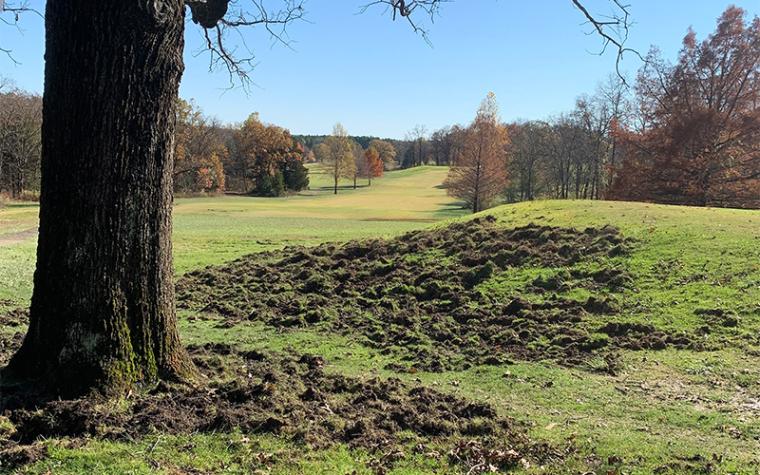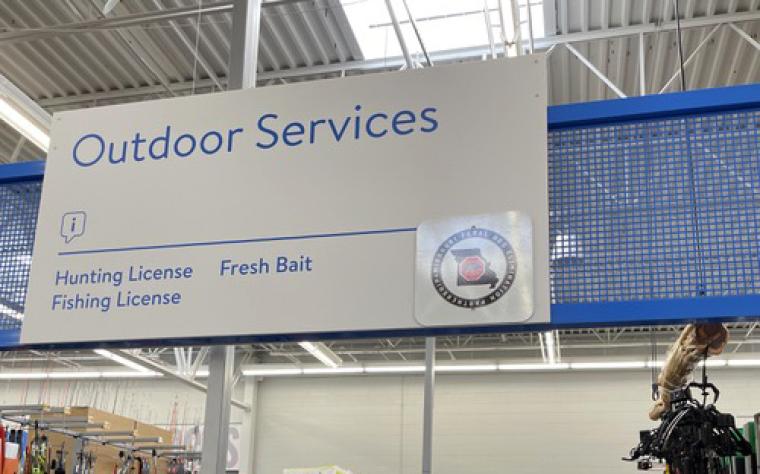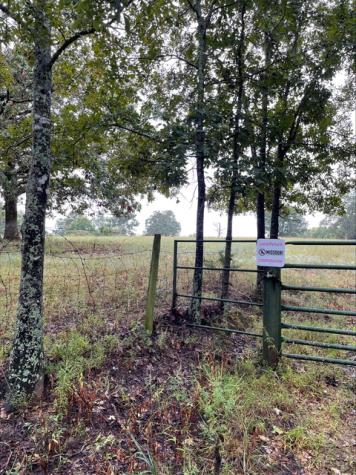SALEM, Mo. – Feral hog occupancy of Missouri watersheds has fallen 84% since 2016, when the state’s Feral Hog Elimination Partnership began.
Funded by the U.S. Farm Bill and managed by the Missouri Department of Conservation, the partnership comprises 18 federal and state entities work together to eliminate feral hogs on public and private lands.
Kevin Crider, University of Missouri Extension cooperative feral hog outreach educator, says 5,105 feral hogs were removed from Missouri watershed areas by aerial operations and trapping in 2024. This compares to 7,880 the previous year. That’s good news: It means the are fewer hogs out there.
“That is a 35% drop in hogs taken off of the landscape. The trajectory is totally in the direction we want to see things moving,” says Crider.
Educators like Crider work with landowners at meetings and one-on-one farm visits. Forty-eight elimination specialists focus on Missouri forests and watersheds, mostly south of Interstate 44. In 2024, elimination specialists scouted nearly 4 million acres to locate and eradicate the feral hogs.
Success attributed to private, public partnerships
Crider credits a large part of the program’s success to the 609 “cooperators” who worked with outreach educators and elimination specialists in 2024. The number of landowners participating in the program has dropped by about half due to its effectiveness.
Retailers who sell agricultural and hunting products have signed on to increase public awareness of the program by placing informational pamphlets in their establishments.
But there is still a lot of work to do, says Crider. “The Missouri Feral Hog Elimination Partnership is still here to address the problems feral hogs present.” says Crider.
Feral hogs threaten crops, environment, public health
“Feral hogs are one of the most destructive and dangerous invasive species in the United States, causing damage to agricultural crops and woodlands, native habitats and local ecosystems,” says Crider. “Additionally, they act as vectors of disease that threaten commercial livestock operations.”
Feral hogs reproduce rapidly, with sows breeding by 6 months of age and birthing two or three litters of 6-12 piglets year, he says. Before the program, feral hog numbers had increased substantially over the previous 25 years.
As hog numbers decline, it becomes harder to local their herds, called sounders. Partnerships with landowners are important so that private lands do not become sanctuaries for feral hogs, Crider says.
Trapping feral hogs is neither simple nor quick because they become trap-shy and scatter when threatened, he says Crider. Pressured hogs move to new areas and begin breeding again.
They hide under cover of dense forests and travel primarily at night. They root up ground in search of acorns, plant roots, earthworms and grubs. They tear up smaller trees by rubbing them. Both male and female feral hogs have tusks, which they use for defense. The males also use them to establish dominance.
They make large wallows in moist areas and root up holes the size of truck tires in pastures. “Missouri ranks second in the U.S. for total number of farms, so feral hogs are a problem Missouri ag producers cannot afford,” says Crider.
Free equipment available for loan
Through the program, farmers can borrow equipment free of charge to repair damage and make land productive again. Equipment includes no-till drills, cultipackers and harrows, all purchased by the Missouri Department of Conservation for local Soil and Water Conservation districts to manage.
Technology plays critical role
Currently, 21 drone operators scour the landscape from the skies. During nighttime operations, drones with heat-sensing cameras scout hogs on the ground. Trappers mark their locations with GPS points. During the day, a helicopter flies to those locations to destroy scouted hogs. Helicopter operations, which occur from December to March, are highly effective at feral hog removal, says Crider.
Cameras in the woods track travel patterns and herd size. Trappers bait areas in frequently visited areas. Sensors trigger hoisted traps to confine hogs who take the bait. Many traps are monitored in real time with a video camera called a HogEye.
Help is available
To report feral hog damage or receive assistance, call the Missouri Department of Conservation at 573-522-4115, Ext. 3296, or visit the department’s feral hogs webpage. You can also find information on MU Extension’s website at muext.us/FeralHogProject.
Funding for this work is through a Feral Swine Control Program (FSCP) through the USDA as part of the Farm Bill. Missouri Department of Conservation is the lead agency on the project.


